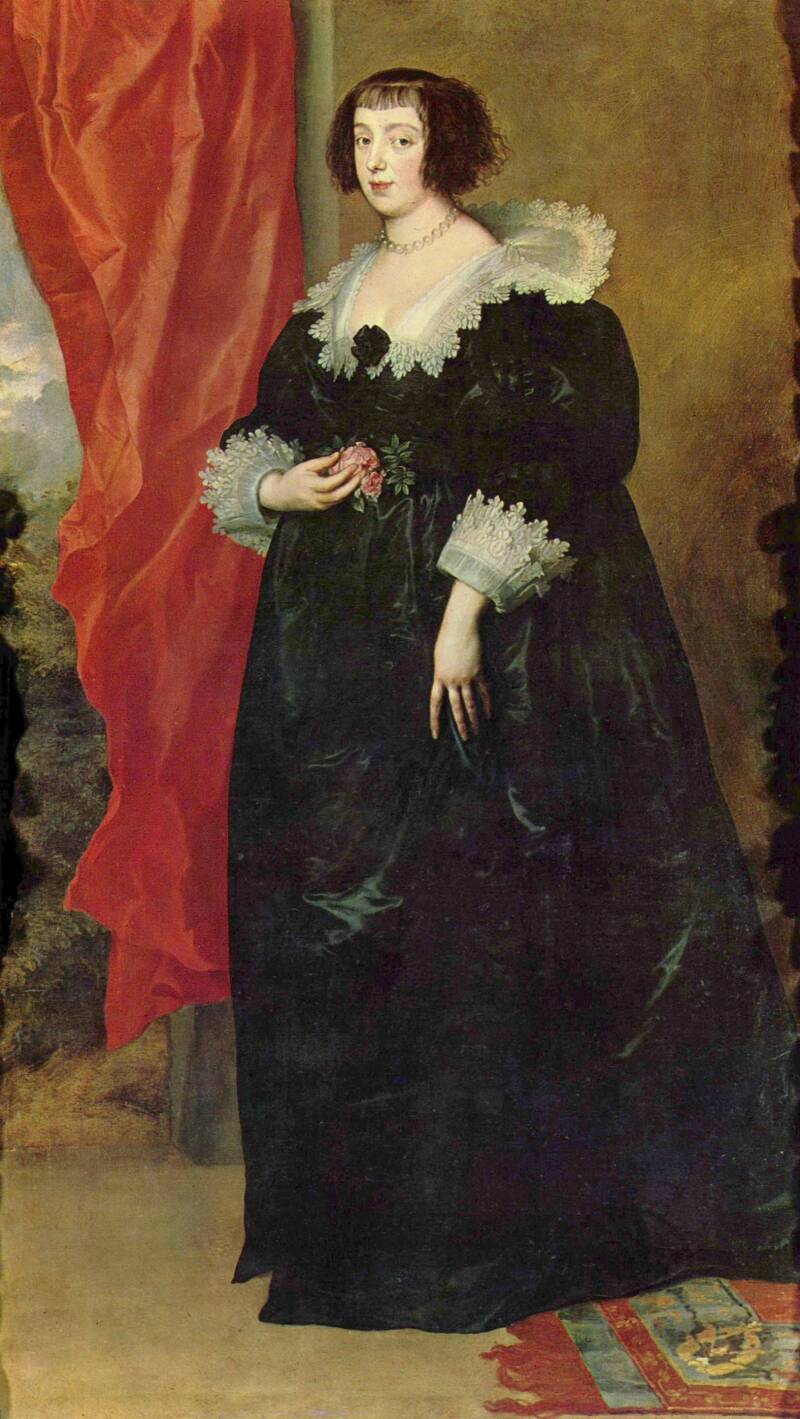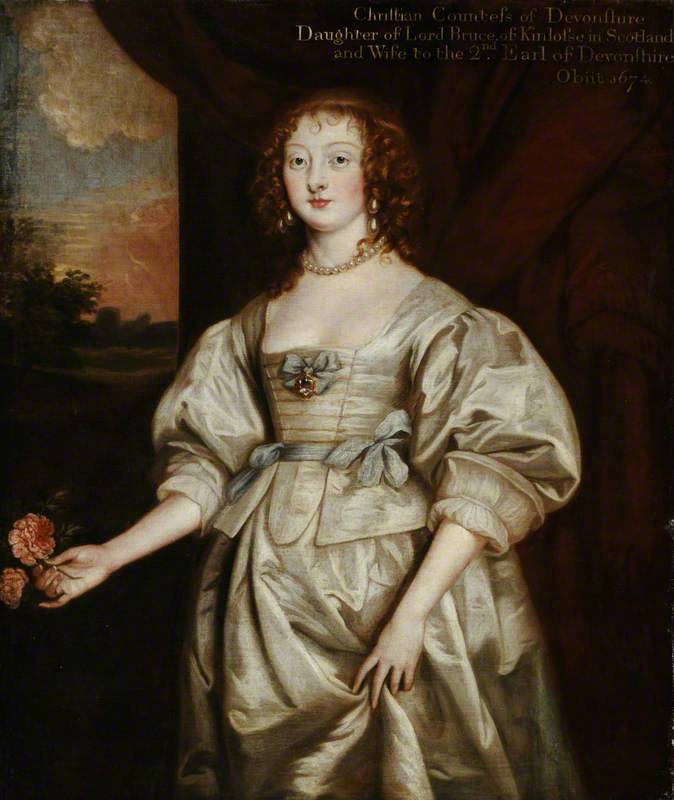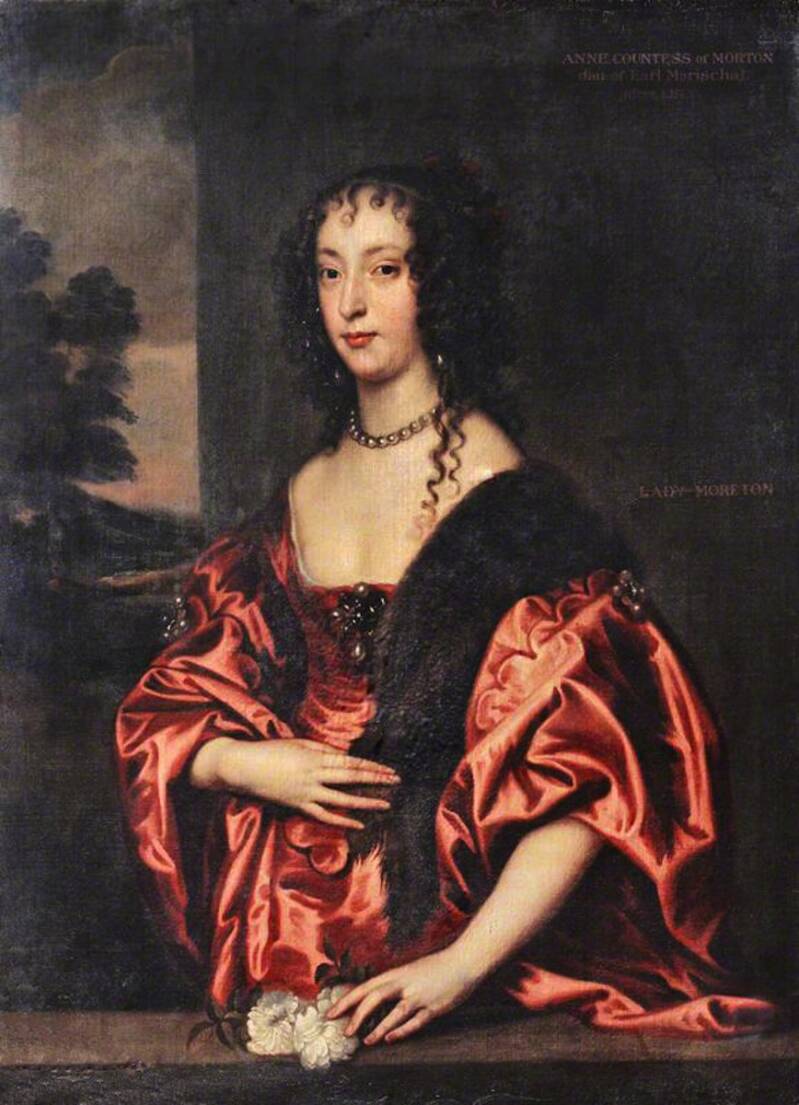Whilst collecting some 17th Century images (mainly portraits) to use as research, I’ve undertaken some (not very scientific) evaluation into the most popular colours for female clothing.
This research is in no way exhaustive, but based on a good size sample of mainly English images dated between 1625 and 1640, I’ve come to the following conclusions –
Black
Black was the most popular colour for gowns, but also petticoats and bodies/waistcoats.
Some of the sitters might be in mourning (usually portrayed in plain black fabrics and unadorned, plain linen). Some may be widows. The tradition was for widows to wear black - even after the official period of mourning had ended - until they remarried.
Due to the high cost of dying fabric black, wearing the colour was a status symbol and a sign of respectability - very attractive for those of the minor gentry, wealthy middling sorts and those of a ‘godly’ persuasion.
If not in mourning, black was frequently teamed with lighter, brighter colours. During the late 1620s and early 1630s, it was fashionable to wear a black gown over lighter coloured garments (usually white or red). Even with a predominately black outfit, other cheerier colours were used as accents. Black and white is a classic, but black trimmed or lined with yellow was popular and a very striking choice.
White
White was almost as popular as black, especially during the 1630s.
In many of the portraits where ladies wear white dresses, the clothing is somewhat romanticised. During the 1630s the artist Anthony van Dyck (the most fashionable person to have paint your picture) started to portray his female sitters in an attitude of ‘careless romance’. We can’t be sure if the clothing shown was of the style that was actually worn in real life, especially the yards of billowing satin which usually make up the sleeves.
Even so, there are plenty of more realistic waistcoat and petticoat combinations depicted.
At the court of King Charles I and Queen Henrietta Maria an atmosphere of ‘platonic love’, fidelity and innocence was established - in theory if not in practice! The popularity of white may be linked to this amongst fashionable, elite courtiers.
And just like black, white could also be a sign of status. It’s not a very practical colour, showing stains and dirt easily.
White was frequently lined/trimmed with blue.
Gold/Tawny
Gold braid (or lace to give it its 17th Century name) was ever popular, outlining and binding seams and adding vertical interest to garments during an age where fashion could be very bulky.
Gold coloured satin, what might be described as ‘tawny’ in the period sources, was also very fashionable. It seems to have been a particular favourite of Henrietta Maria.
Red
Various variations and shades of red were popular, the more vibrant and jewel like the better.
Blue
Blue was also common, especially for lining. Royal blue was a very popular choice.
Before the invention of synthetic pigments starting in the 18th Century, blue was the most expensive paint. So, having your portrait painted in a blue dress was perhaps more about status and wealth than fashion.
Other colours
A smattering of other colours were depicted including green, pink, brown and silver. I have not come across any purple or lilac, but these were very expensive to dye, and reserved for royal robes of state.
Colours during this period, in general, were bright and jewel like.
Please take a look at my colour galleries to see a full record of the images I have collected. I will be adding to these as I discover new portraits of interest.










Add comment
Comments